Budgeting to Build Your Own Home
Every year thousands of people build their own home, and thousands more dream about it. Contrary to popular belief, most people who achieve their self-build ambition don’t have stacks and stacks of cash, nor do they always have an expert knowledge of the house building industry or prior experience in the field.
Good budget planning is crucial to a successful self build. Novice self-builders should be aware that there is a danger of underestimating the commitment needed, both in time and money, to construct a house. Anything less than total dedication to a project may cost you financially, meaning some of the initial benefits disappear. It can’t be over stressed that the most successful self-builds are those that have been planned and budgeted for in detail and in advance.
Looking for an indicative cost for your self build ? The Build It Benchmark Report uses award-winning HBXL software for a quick and cost-effective way of pricing up your project.
If you are looking for a broad outline of your overall build costs before you decide which route to take, why not send us your plans and request a Benchmark Report? Find out more here |
The majority of self-builders don’t have an expert practical knowledge of construction, but have management skills and are capable of organising a project. Often, they will have the plans drawn up privately and then appoint separate contractors covering different trades to carry out packages of work.
Finding a plot
Obtaining land is probably the most difficult part of the self-build process. The first and most important lesson to learn is that you won’t get hold of a plot by waiting for one to find you. Anything less than an aggressive whole-hearted approach to plot hunting will almost certainly end in failure. There are various ways to go about it, some of them are listed below, but perseverance is essential however you decide to go about it.
Plot hunters
A new type of agent has appeared recently who specialise in identifying parcels of land for sale. One of the leading firms operating in this field is PlotBrowser which provides a comprehensive plot finding service including a facility to look at aerial pictures of individual sites.
Timber frame companies
Firms that sell timber framed houses in kit form have a vested interest in having access to plot availability information. If they think you are a genuine prospective customer for their products they will try their best to find a plot to suit your needs.
Finding the money
There are various ways of raising money to pay for a plot of land and cover your construction costs. Nevertheless, you should research all the options thoroughly before going too far down the self-build road. Banks and building societies are the normal source, but you must make sure that you are getting the best deal possible for yourself. Different sets of criteria are applied by different lenders so you have to shop around.
For self-builds, lenders usually make staged payments when previously agreed trigger points are reached – foundations, first floor level and the like. Unfortunately, this process is slow and often, by the time the payments are made, the men carrying out work and the merchants supplying the materials may be unhappy.
An alternative to this is Buildstore’s Accelerator mortgage, which is geared towards combating this problem. The scheme makes the payments in advance of the work on the agreed stages being reached, so that the job can proceed smoothly without the risk of any hold-ups caused by late payments. This mortgage system will usually advance up to 95% of the land cost as well as building costs so that the purchaser is in a strong position when a plot becomes available.
Preparing your budget
Whatever the motive for self-building, it is essential that a budget is prepared and maintained from the beginning to the end of the project. If something is about to go wrong, you want to know about it as soon as possible so that you can take the appropriate corrective action.
There are two ways in which to set a budget for a self-build. The first is when someone assesses how much money and equity they already have and how much they can afford to borrow and then calculates what sort of house they can build with those funds. The second approach is when you know that size of house your family needs, and then calculate in reverse how much it will cost to buy some land and build a house of, say, 140m2.
In both cases it is necessary to get a feel for an appropriate house size. Start by measuring up the floor area of your own home. You can also look at the literature for show houses and compare the stated area of tthese with the accommodation provided – you may realise that you need more room that you originally thought, or you may find your original ideas would create much wasted space. Once this is done you can start budgeting.
Build element |
% |
|---|---|
| Preliminaries and foundations | 8 |
| External walls | 15 |
| Roof | 14 |
| Floors | 4 |
| Internal walls & partitions | 6 |
| Windows & doors | 12 |
| Finishes | 10 |
| Fittings | 5 |
| Plumbing | 5 |
| Heating | 4 |
| Electrical work | 4 |
| Drainage & external works | 13 |
An example budget
Let us assume that your budget figure is £300,000. From this you must deduct the cost of the plot. Say you can find a plot for £90,000, that leaves £210,000 for the project. However, you should put about £10,000 to one side to cover fees and contingencies and a further £10,000 for external works such as drains, fencing etc. The question then is – can you build a house you want for £190,000? The answer depends on how big the house is. For a floor area of 271m2, you’d have a budget of just £700 per m2, for example. At the other end of the scale, if you’re looking for a high quality finish you’ll probably need to spend around £1,500 per m2 – which would net you just 127m2 of space.
There are many examples of people building their own houses for £800 per m2 or even less. Working to a reasonable standard of finish, it should be possible to manage the building of your house for between £800 and £1,000 per m2 (238m2 to 190m2 of floorspace on a £190,000 budget). But you must expect to pay more if you employ a builder to carry out all the work.
If you are going to build or manage the project yourself, the next stage in budgeting is to draw up a list of packages of work and place values against them. The table (left) shows a notional percentage breakdown for a typical build.
When this elemental cost breakdown or list of work packages is prepared, the budget becomes an invaluable tool in facilitating financial control of the project. The value of each element or package should be updated when new information is available so that a theoretical final account figure can be produced at any time. Apart from bringing peace of mind, it means that potential under and over spending can be identified at an early stage and the necessary action be taken.
Main image: Bryan Stuart’s Model D self-build home cost £185,000 to build (including land) and is valued at £200,000
 For an accurate and detailed way to predict your self-build costs check out the Build It Estimating Service. It offers a tailored and user-friendly way to calculate costs and quantities, converting plans into an accurate estimate for your self-build. As an added bonus, you’ll now receive a set of 3D models of your home completely free! For an accurate and detailed way to predict your self-build costs check out the Build It Estimating Service. It offers a tailored and user-friendly way to calculate costs and quantities, converting plans into an accurate estimate for your self-build. As an added bonus, you’ll now receive a set of 3D models of your home completely free!
|





















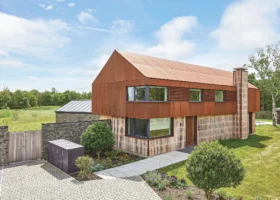
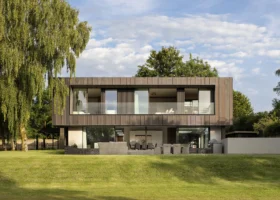





































































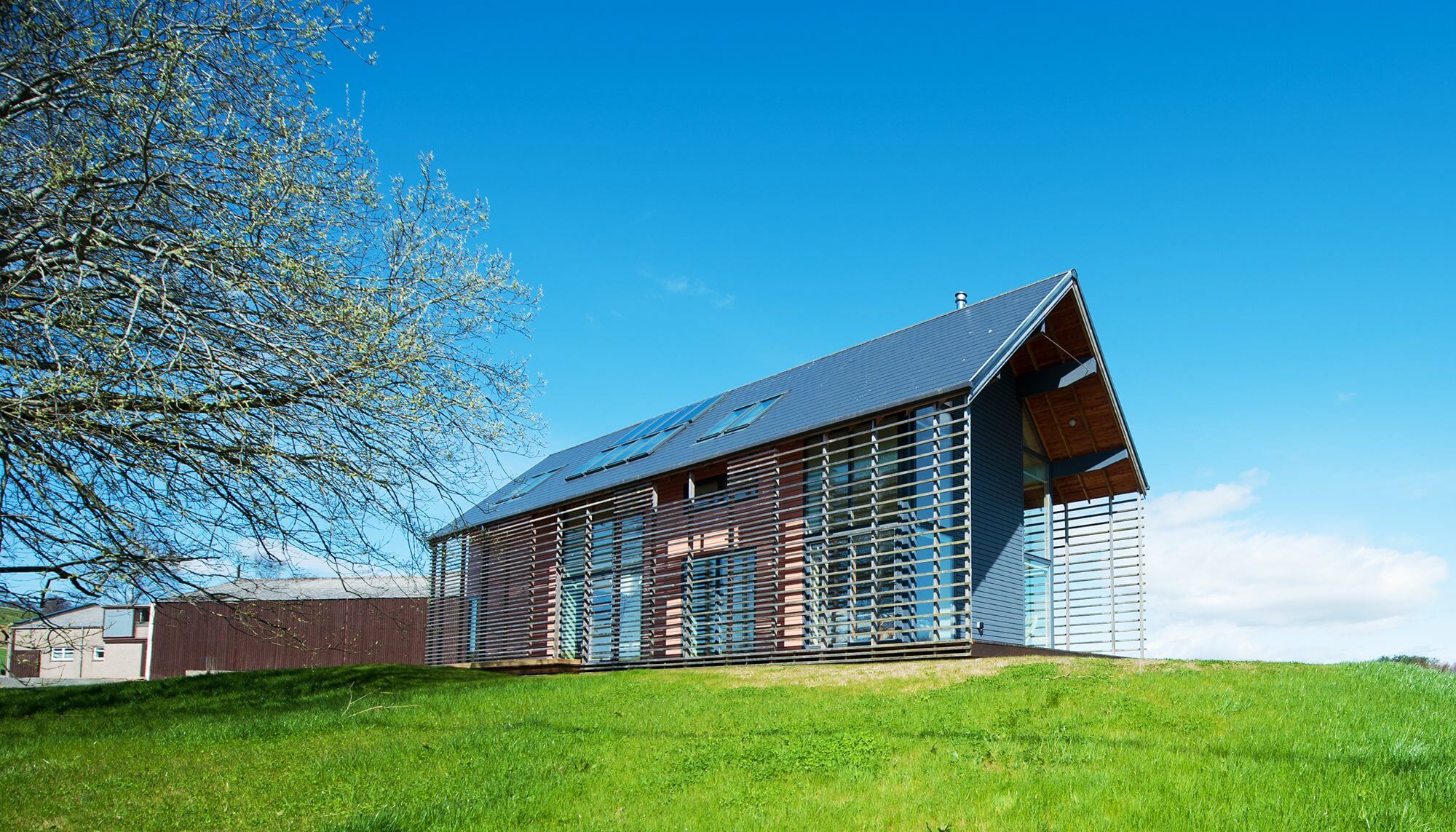
 Login/register to save Article for later
Login/register to save Article for later

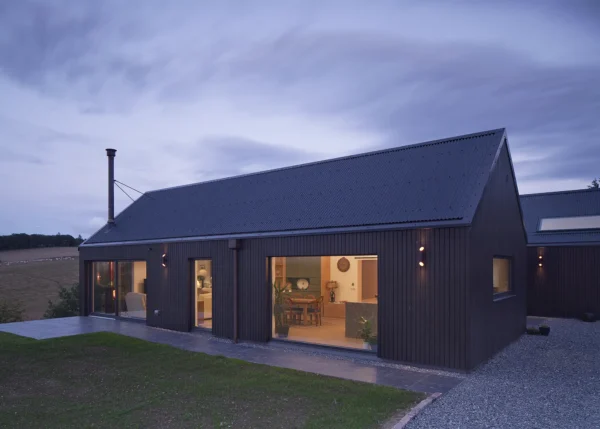
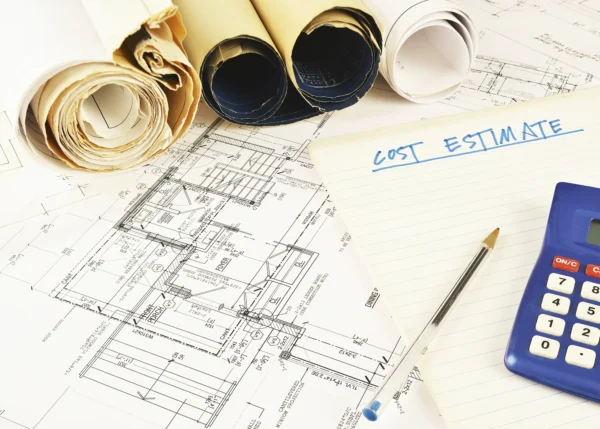
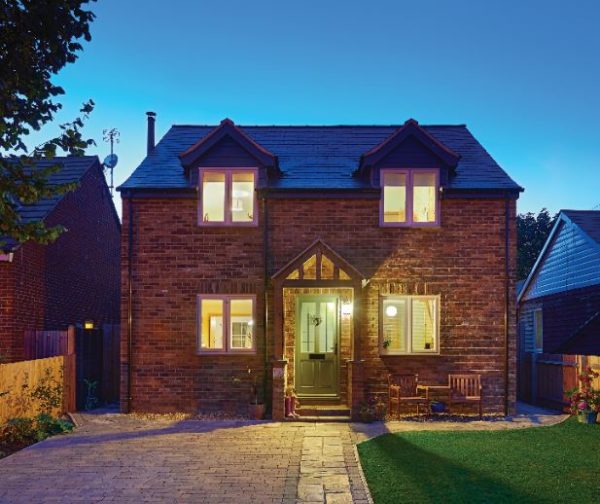
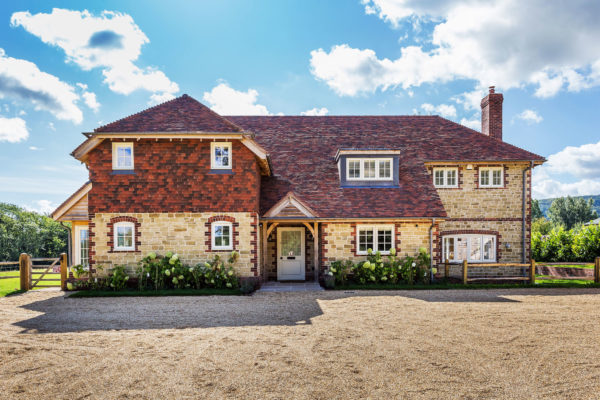
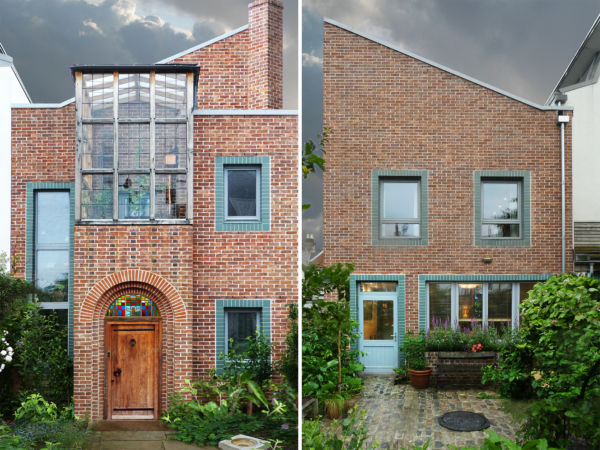
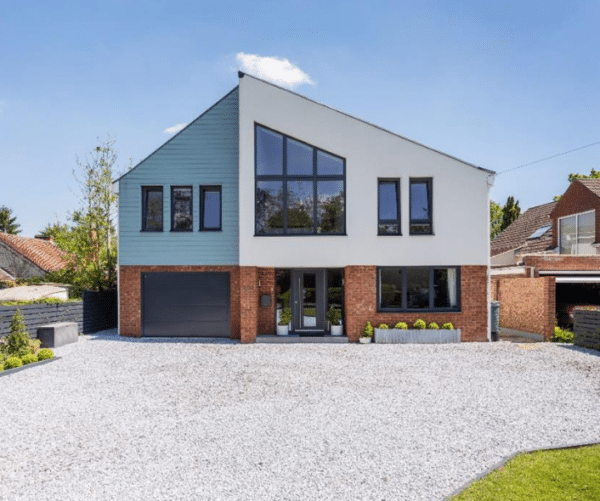





Comments are closed.